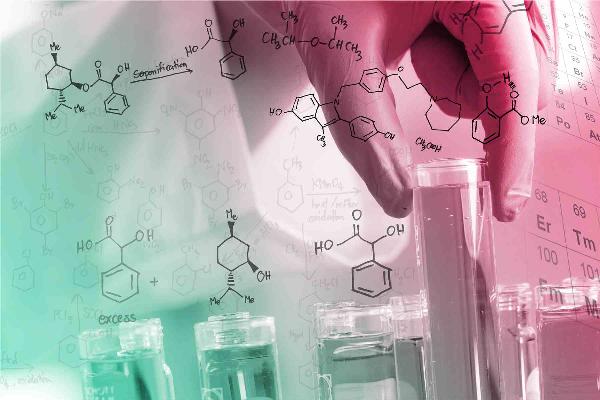PEGylation Process: A Comprehensive Overview

PEGylation, the process of attaching polyethylene glycol (PEG) molecules to another compound, notably proteins or peptides, has gained considerable attention in the fields of biochemistry and pharmaceuticals. This modification enhances the properties of therapeutic agents, improving their solubility, bioavailability, and stability while reducing immunogenicity. As the demand for effective biotherapeutics continues to rise, understanding the PEGylation process becomes crucial.
What is PEG?
Polyethylene glycol (PEG) is a polyether compound that is known for its biocompatibility, low toxicity, and ability to enhance the solubility of various substances. PEG comes in different molecular weights, allowing flexibility in drug formulation based on the desired pharmacokinetic properties. Its unique properties make it an excellent candidate for drug modifications in the process of PEGylation.
The PEGylation Process
1. Selection of the PEG Moiety
The initial step of the PEGylation process involves selecting the appropriate PEG molecule. Factors such as the molecular weight of PEG, type of PEG derivative (linear or branched), and functional groups are considered based on the desired outcome. For instance, a higher molecular weight PEG can significantly increase the half-life of a therapeutic protein, whereas a lower molecular weight PEG may be used to enhance solubility.
2. Activation of the Target Molecule
The next step is to activate the target molecule, typically a protein or peptide, to facilitate the attachment of PEG. This activation can be achieved through several methods, including:
Cross-linking agents: These agents can create reactive sites on the protein that allows for the attachment of PEG.
Chemical modification: This involves modifying specific amino acid residues in the protein, such as lysine or cysteine, which contain functional groups that can react with PEG.
3. Conjugation of PEG to the Target Molecule
Once the target molecule is activated, the PEGylation occurs through the conjugation of the PEG to the activated sites on the protein. Various methods are employed depending on the characteristics of the target molecule and the PEG being used:
Nucleophilic substitution reactions: This method typically involves attaching PEG to amino groups on the protein.
Acid-Base reactions: PEG can be linked to carboxyl or hydroxyl groups present on the protein.
Enzymatic methods: Enzymes may be utilized to catalyze the reaction between the PEG and the target molecule.
4. Purification of PEGylated Products
Following the conjugation, the resulting PEGylated proteins must undergo purification to remove unreacted PEG, cross-linking agents, and other impurities. Common purification techniques include:
Size exclusion chromatography (SEC): This technique separates molecules based on size, allowing for the isolation of PEGylated proteins from smaller contaminants.
Affinities chromatography: This method exploits specific interactions between the PEGylated protein and a ligand, helping to purify the desired product effectively.
5. Characterization of PEGylated Proteins
Characterizing the PEGylated product is essential to ensure that the desired modifications have been achieved and that the product retains its biological activity. Techniques employed for characterization include:
Mass spectrometry (MS): This provides detailed information about the molecular weight and structure of the PEGylated protein.
High-performance liquid chromatography (HPLC): This assesses the purity and integrity of the PEGylated product.
Functional assays: These tests determine whether the PEGylated protein maintains its therapeutic properties.
Applications of PEGylation
PEGylation has found numerous applications in the pharmaceutical industry:
Enhanced drug delivery: PEGylated drugs often exhibit improved solubility and stability, which can lead to better therapeutic outcomes.
Reduced immunogenicity: By shielding the protein from the immune system, PEGylation can minimize adverse reactions and prolong the drug’s half-life in circulation.
Targeted therapy: PEGylation can improve the targeting of drugs to specific tissues, reducing off-target effects and enhancing treatment efficacy.
Conclusion
The PEGylation process is a significant advancement in drug development, transforming the efficacy and safety profiles of therapeutic agents. With applications across various sectors in biotechnology and pharmaceuticals, PEGylation is poised to play a pivotal role in the future of medicine. Understanding the intricacies of this process underscores its importance and potential for improving patient outcomes across numerous therapeutic areas.
Note: IndiBlogHub features both user-submitted and editorial content. We do not verify third-party contributions. Read our Disclaimer and Privacy Policyfor details.







